Yesterday's late start due to weather had Greg mandating an early start, rain or shine. Fortunately for us, it was the latter. So up early and out of camp by 9 AM we headed out in two teams for our separate locations.
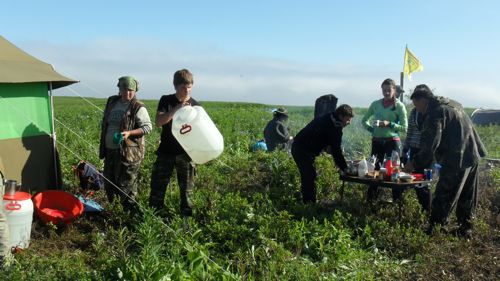
I was once again on the survey team. We walked up to the place we had left off yesterday and began looking for depressions. This time our team consisted of Greg, Lyosha, Ola, Stas and myself. With one screen, one shovel, a backpack with our lunch, survey equipment and other personal gear we hiked slowly. It seemed like a low energy start to the day.
Once at our starting point we lined up about 20 meters apart from each other and walked in a line across the landscape in order to cover more area and potentially find more depressions. And find depressions we did. It there wasn't waist high grass, it could have been a moonscape. There were so many depressions at one area that it took us a long time to log them. In order to log them we stand in the center of the depression and use a handheld GPSA Global Positioning System (GPS) is a satellite-based navigation system used to track the location or position of objects on the Earth’s surface. unit. The north and east coordinates are recorded in Greg field journal and then we mark them with survey tape so we can find them when we return in the next few days. We do this for each depression and once we complete an area, we line up again and walk forward to find more.
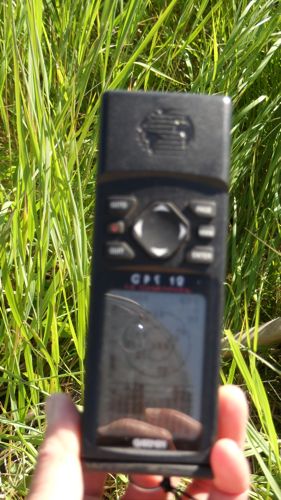
Today there were many, over twenty. Greg chooses very large or distinct ones to test. The first test was a core sampling test. Greg has a tool that is used for this purpose. He basically pushes a cylinder straight down into the soil and turn the cylinder and pulls it back up. He can then determine if the depression has what he is looking for.
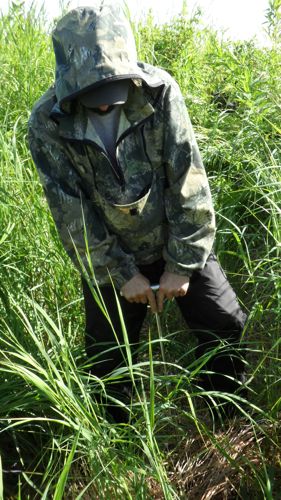
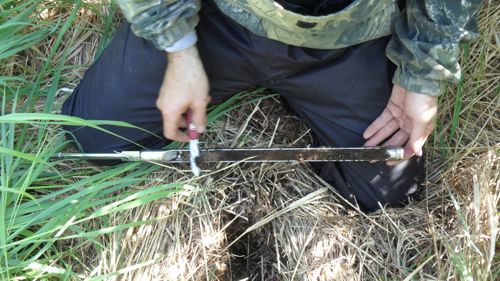
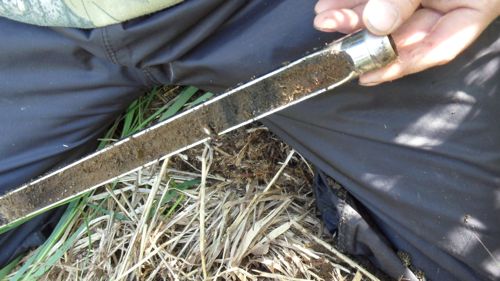
When we get to what appears the end of the depressions on the terrace we are on, Greg decides to dig a test pit. It is 50 centimeters by 50 centimeters and we put all the soil through a screen. Today, not only do we find charcoal, a common finding when you look at prehistoric dwellings, but we actually find bone fragments from a long ago meal. There are several pieces of bone and we are all digging through the screened material to attempt to find these little treasures. Ola is grinning ear to ear each time she finds one and she also is lucky to find a flake. Flakes are pieces of rock chipped away from stone tools and are distinctively shaped.
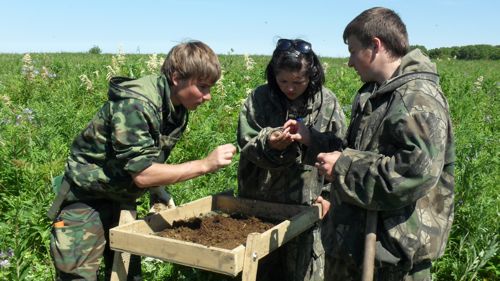

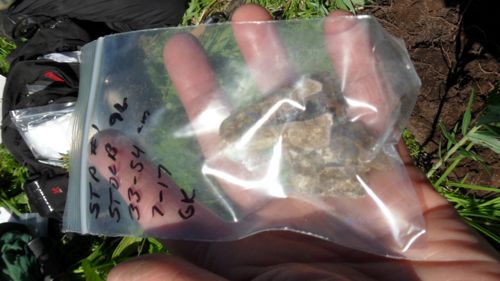
As the day wears away, Greg realizes that going to any other terrace will not be possible today. The time to get there, not to mention the energy, will be too much and since we plan to return to field camp for the evening we need to cut out a bit early. We take a bear trail along the ridgeline and enjoy the beautiful views on the way back.
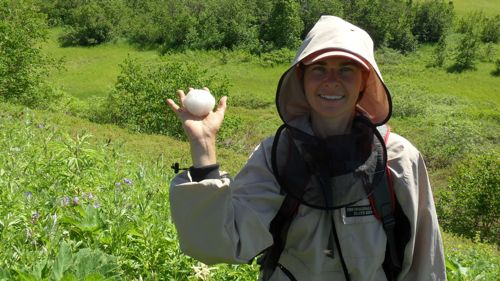
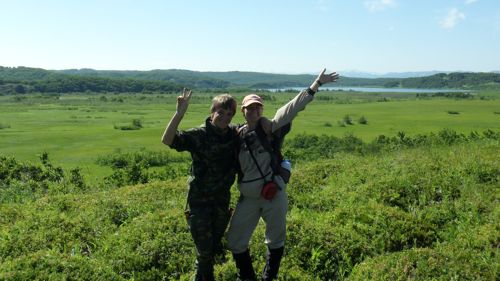
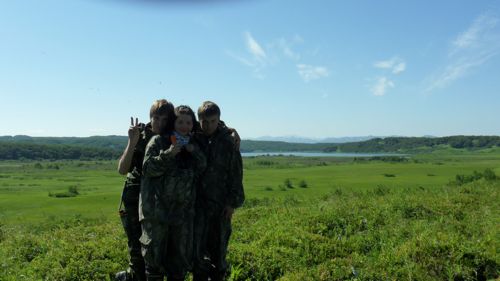
So we arrive back around 5 o'clock. A not so regular 9 to 5 job complete for the day. I am grateful for the early return because I get to use a bucket of river water to shower and then proceed to wash my clothes in the river, downstream of our water collection spot. Feeling better in fresh clothes and with a clean head of hair goes a long way after a very tiring day. Irina has prepared another terrific dinner and we all eat without talking, a sign that field work leaves everybody hungry.


Comments